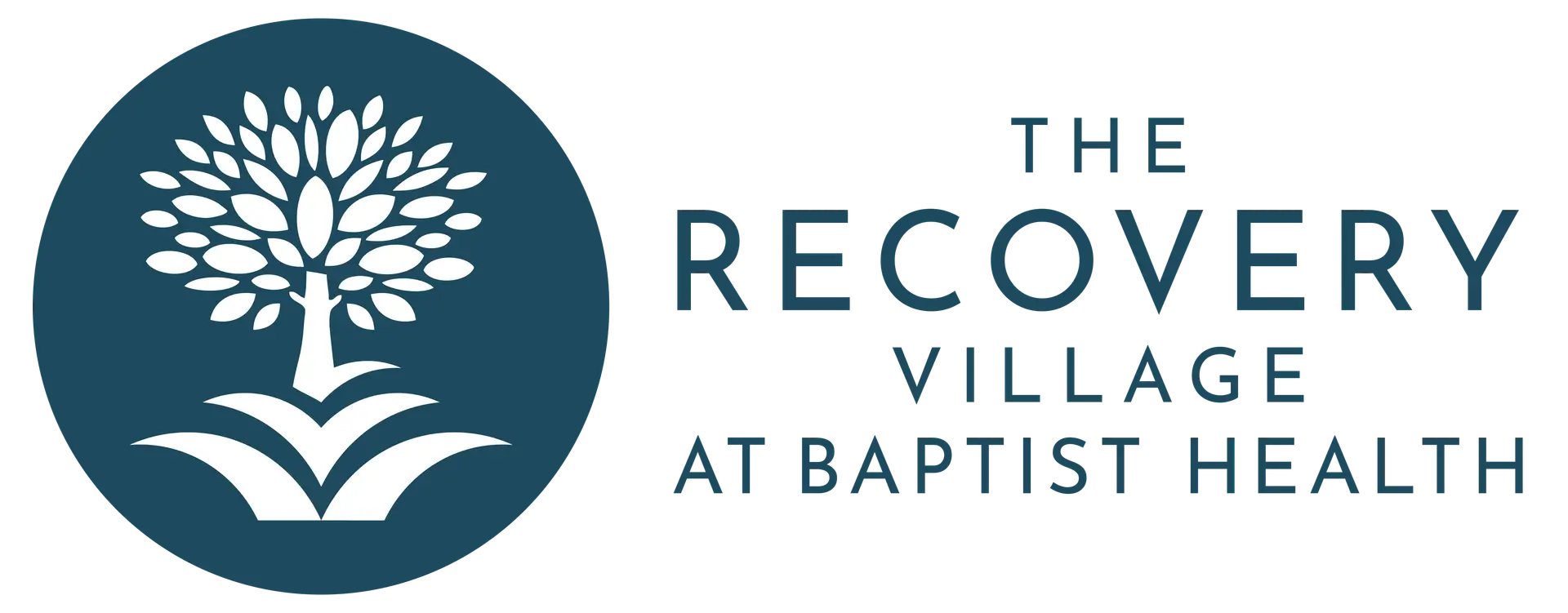Though much attention is paid to opioids, other drugs like cocaine are seeing a resurgence in popularity. This has led to increased use and unwanted consequences.
Like other drugs, the popularity of cocaine use changes over time. Throughout the years, cocaine has gone through cycles of increased use followed by decreased use. Its popularity will rise and then fade, but after a while, it becomes popular again.
Studying trends in substance use can offer unique insights into frequently misused drugs and the people who misuse them. Facts and statistics about cocaine use in Miami, Fort Lauderdale, Naples, Fort Myers, and other South Florida cities can help reveal the problems and solutions of drug misuse.
Cocaine Use in South Florida Over the Years
After marijuana, cocaine is the most commonly used illicit drug in the U.S. People routinely use this highly addictive drug to experience its stimulating effects, which include:
THIS HOLIDAY, CHOOSE HEALING.
The pressures of the season are real. Find lasting peace and expert support.
- High energy
- Decreased need for sleep and food
- Increased focus
- Euphoric feelings
Increased cocaine use in America is resulting in more cocaine use disorders and overdoses among its people. Many areas in Florida are also seeing a rise in cocaine use. According to cocaine use statistics, Florida rates have been growing since 2014. In one South Florida region, the rate of overdose cases involving cocaine use increased from 240 in 2014 to 421 in 2017. In another, cocaine overdose cases increased from 193 in 2014 to 505 in 2017. Similar trends are noted, across South Florida and multiple areas of the state.
Contributing Factors to Current Trends
The trends of drug use vary depending on many factors. For example, aspects of supply and cost affect substance use statistics.
In the case of cocaine, a possible explanation for the rising rates of cocaine use could be opioids. On the state and national level, government agencies have been directing additional resources toward battling opioid use. By reducing access to opioids, people may be seeking out cocaine to get the desired high.
Cocaine Abuse by Age
When these widespread cocaine trends are present, experts work to understand who is using the drugs so they can explore appropriate interventions. In Florida, just over 1.5% of people over 12 reported using cocaine in the last year. As a state, this rate is lower than the national average of 2.03%.
Cocaine Statistics in Teens
Out of all the teens in Florida, 0.18% of them have used cocaine in the last year. This rate is about even with the national average for kids between 12 and 17.
Cocaine Statistics in Young Adults
Many people decide to experiment and misuse drugs during their late teens and early 20s. Young adults in Florida display the highest rates of cocaine use by age. Cocaine use in college-aged Floridians is more than 3.3%, which is around the same number as the national average
Cocaine Abuse in Older Adults
The rate of cocaine use increases between the ages of 18 and 25, but it decreases sharply for people 26 and older. In Florida, just under 1.5% of people used cocaine last year, which is close to the national average.
Trends in Overdoses and Deaths Caused by Cocaine Use
In Florida, especially in the southern part of the state, the role of cocaine use in overdoses and deaths has changed dramatically over the past five years. Florida is following national trends when it comes to cocaine overdoses. In 2012, there were around 4,000 cocaine overdose deaths per year in the country, compared to nearly 14,000 in 2017.
Related Topic: Cocaine Overdose
A primary cause behind this rapid increase is the use of cocaine and opioids together. People overdosing on cocaine alone has remained mostly steady since 1999, but the number of people overdosing from a combination of opioids and cocaine has increased sharply since 2014.
Counties With Highest Overdose Death Count
A breakdown of Florida counties illustrates how trends of substance use can shift over a short amount of time. While cocaine overdose deaths have been steady or falling in the northern part of the state, the numbers are growing in South Florida:
- In Lee County, the deaths caused by cocaine grew from 2.5 per 100,000 in 2013 to 12.6 per 100,000 in 2017
- Palm Beach County went from less than four in 2013 to nearly 19 deaths per 100,000 in 2017
- Broward County went from less than three in 2013 to 12.5 deaths per 100,000 in 2017
Other counties showing similar increases include:
- Miami-Dade
- Monroe
- Manatee
Crimes Related to Cocaine Use
Cocaine and other drugs are linked to crimes for a variety of reasons. According to the Center for American Progress, someone is arrested for drug possession every 25 seconds. In addition, 20% of people who are incarcerated are serving time for drug charges.
Aside from drug possession, millions of people are incarcerated for crimes they committed while under the influence of drugs like cocaine. Cocaine crime statistics show that the drug can encourage people to:
- Fight and assault others
- Destroy property
- Steal items from stores or other citizens
- Violate traffic and driving laws
- Engage in risky sexual behavior
Some studies show that about 97% of people who have used crack cocaine have also engaged in violence and theft. These behaviors put them at greater risk of encountering issues with the law.
Trends in Available Treatment Resources in South Florida
With a high cocaine addiction rate in southern Florida, treatment resources must be available in order to improve the chances of recovery. In recent years, there has been a boom in new treatment centers in the area. In fact, there are so many substance misuse facilities in South Florida that NBC News called it “The Rehab Capital of America.”
Someone interested in treatment in Palm Beach, Florida, will have access to 90 treatment centers located within 30 miles. Someone in Miami will have access to 100, according to the Substance Abuse and Mental Health Services Administration (SAMHSA) treatment locator tool. Many of these have been able to open due to the Affordable Care Act.
A few of these options may carry risks, however. In Florida, some treatment facilities are only interested in profiting from addiction. These rehab facilities, sober living homes, and other centers will actually encourage continued use so they can charge insurance companies for additional fees. Because of this, people needing cocaine treatment in South Florida should thoroughly research the treatment center to ensure it meets high standards of integrity.
Other Drug Trends in South Florida
Unfortunately, cocaine is not the only drug affecting people in Florida. Consider these trends based on statistics from SAMHSA:
Prescription Drug Abuse Trends
The rates of prescription pain reliever misuse have stayed steady over the last few years in Florida, with about 4% of Florida residents misusing the substances.
Opioid Abuse and Overdose Trends
It appears Florida opioid misuse is climbing. Heroin overdose deaths are increasing, especially in South Florida, with overdose rates growing across many countries between 2013 and 2017.
Alcohol Use Trends
It seems that alcohol use is actually decreasing among Floridians, moving from 53.4% to 51.8%.
Marijuana Use Trends
The use of marijuana in the last year has held steady at about 13% for people in Florida.
Fentanyl Abuse Statistics
Since 2013, there has been a large increase in fentanyl use and fentanyl-related deaths in Florida. The trend is most notable along the Atlantic coast.
If cocaine or another drug is impacting your life negatively, The Recovery Village Palm Beach at Baptist Health is here to help. Contact us today to connect to a helpful representative who can recommend the right services for your needs and symptoms. We can show you how to begin the path toward lifelong recovery.




